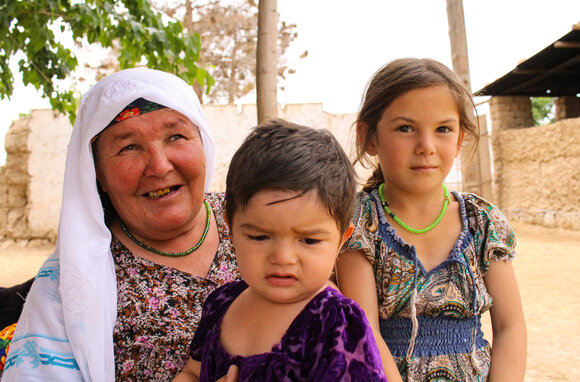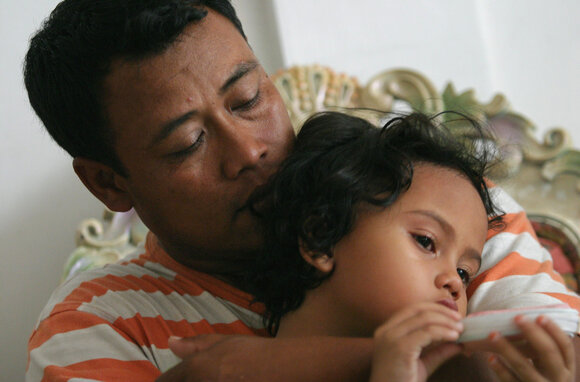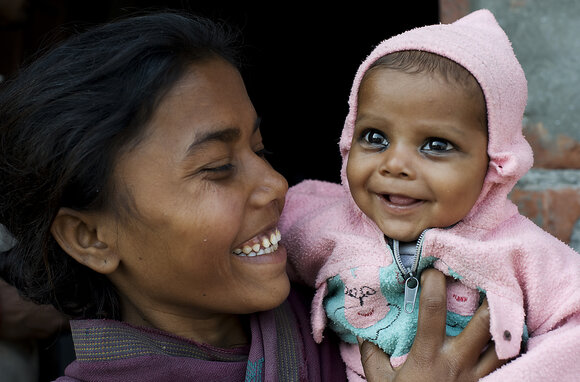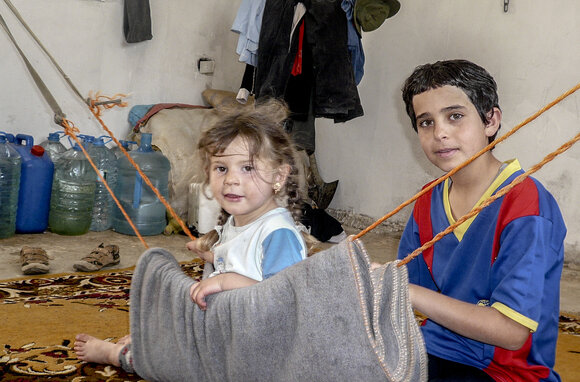
This page contains documents and other resources related to children's care in Asia. Browse resources by region, country, or category.
This page contains documents and other resources related to children's care in Asia. Browse resources by region, country, or category.




Displaying 651 - 660 of 1940
The aim of this module from the book Rights-based Integrated Child Protection Service Delivery Systems is to review the service delivery systems for welfare, protection and justice for children in India.
This book provides training modules for rights-based integrated child protection service delivery systems at the secondary and tertiary prevention levels.
The aim of this module is to learn about children without parental care and the need for rights-based Integrated Alternative Childcare Centres.
The aim of this review is to analyse the existing published studies regarding these caregivers’ relationships, with a focus on programs in South Asia.
In this video, Children in Families ABLE project practitioners discuss their key learning with respect to supporting caregivers to care for children, including the importance of managing stress and expectations, developing trusting relationships and taking a whole family approach to support.
In this video, Dy Noeut and Kim Malin of New Smile Organisation (NSO) discuss their experience of conducting family tracing as a part of reintegration efforts in the context of an unregistered orphanage where children’s files contained missing and inaccurate information.
In this video, Children in Families ABLE project practitioners speak to their experience and learning around recruiting foster families to care for children with disabilities, including the types of families to target and how to use role-modeling to address issues of stigma in the community.
In this video, Sreyna and Chenda, two practitioners from Hagar Cambodia, discuss their learning regarding the impact of the care setting on child rehabilitation.
In this two-part video series, Nou Dalin, part of the social work team with Cambodia Children's Trust (CCT), discusses her experience of working in partnership with the Department of Social Affairs, Veterans and Youth Rehabilitation (DoSVY) to implement the Ministry of Social Affairs, Veterans and Youth Rehabilitation (MoSVY) Action Plan on Improving Childcare in Battambang Province in Cambodia.
In this video Children in Families social workers share their experience of using a cluster model to enhance the social support available to foster carers in Cambodia whilst reducing the demands placed on organisational resources.